Discover how to plant Zoysia grass in Texas using seed, plugs, or sod. Learn expert tips, timing, and soil preparation to grow a lush, heat-tolerant lawn. A Zoysia grass lawn is a top choice for Texas homeowners seeking a durable, low-maintenance solution that thrives in the Lone Star State’s heat. Having helped transform countless Texas lawns from dry patches to lush green carpets, I can say with confidence: planting Zoysia grass whether by seed, plugs, or sod makes all the difference. This guide combines hands-on experience with expert tips tailored to Texas conditions. If you’re in a different climate, like Florida, check out our tips for growing Zoysia grass in Florida’s warm, humid environment.
In This Article
Why Choose Zoysia Grass for Your Texas Lawn?
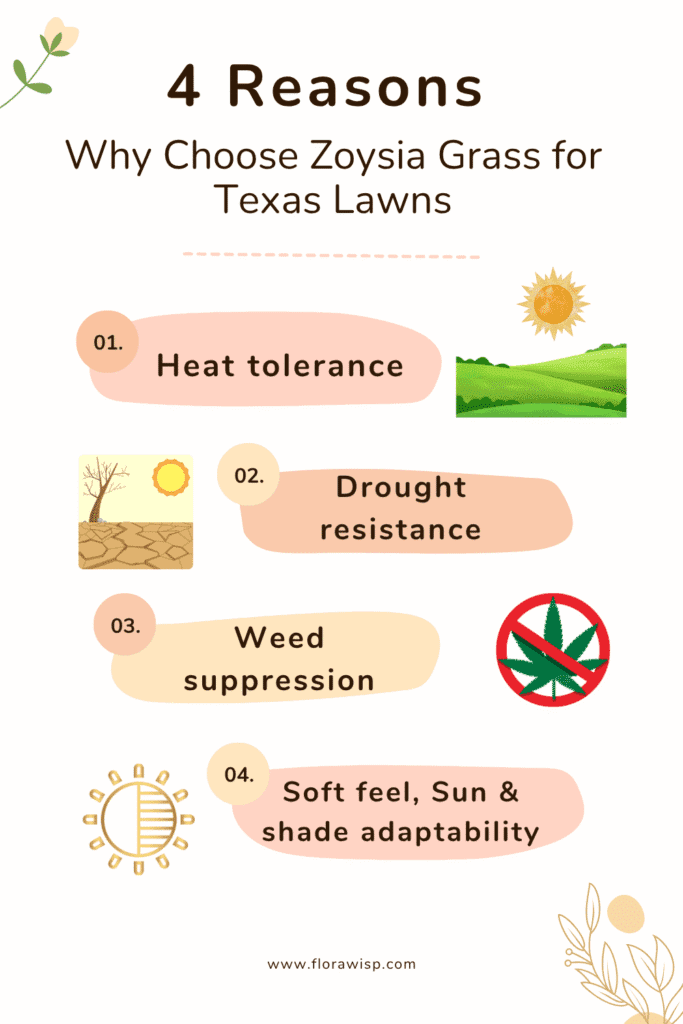
Zoysia grass is a resilient turfgrass that checks many boxes for Texas homeowners. Here’s why more Texans are choosing Zoysia for their lawns:
- High heat tolerance: Designed by nature to withstand the scorching Texas sun, Zoysia performs exceptionally well during prolonged summer heatwaves.
- Moderate drought resistance: Once established, Zoysia requires less frequent watering than many other turfgrasses, a big win during Texas’ inevitable dry spells.
- Dense, carpet-like growth: This tightly woven turf naturally suppresses weeds, reducing your need for chemical herbicides.
- Adaptability to sun and shade: Whether your yard gets full sunlight or has pockets of partial shade, Zoysia can thrive.
- Soft underfoot feel: Zoysia’s fine texture and cushiony surface make it a favorite for families with kids and pets.
From the humid Gulf Coast to the drier central plains and even the colder zones of North Texas, Zoysia varieties like El Toro, Emerald, and Meyer Zoysia have proven their adaptability across diverse climates.
Real Lawn Experience: After testing patches of Zoysia in both sunny and shaded areas of a backyard in Central Texas, I noticed it adapted beautifully, filling in slowly but steadily, with noticeably fewer weeds compared to the Bermuda patch next to it. This turf really shines when given patience and proper care.
Why Zoysia Grass May Not Be Right for Every Texas Lawn
While Zoysia grass has many benefits, it’s important to weigh those against the possible drawbacks depending on your lawn goals, region, and maintenance style. Here’s what you should consider:
- Slower establishment: Zoysia doesn’t grow as quickly as grasses like Bermuda. Whether planted from plugs, seed, or sod, expect a longer fill-in time, sometimes months or even a full growing season.
- Higher up-front investment: Plugs and sod can be costly, and the meticulous care required for seeds to establish can increase labor and materials costs.
- Moisture needs during establishment: Zoysia is drought-tolerant when mature but needs frequent, shallow watering during the early stages of growth. This can be challenging in areas with watering restrictions.
- Cold weather sensitivity: In North Texas, some Zoysia varieties may go dormant longer or suffer from winterkill. Selecting a cold-tolerant variety like Meyer or Palisades Zoysia is essential.
- Thatch buildup: Zoysia produces a dense mat that can accumulate thatch over time. Without annual dethatching, lawns may suffer from compaction and poor nutrient absorption.
Field Note: I once worked with a homeowner in Dallas who expected a “set it and forget it” lawn with Zoysia plugs. After a slow fill-in and some winter dormancy, they realized that a bit more hands-on care especially in the first year goes a long way.
Realistic Observation: In a personal test patch near Fort Worth, I noticed that Zoysia took longer to green up after winter, especially compared to a nearby Bermuda section. But once it was established, the lush feel and weed resistance made the wait worthwhile.
When to Plant Zoysia Grass in Texas
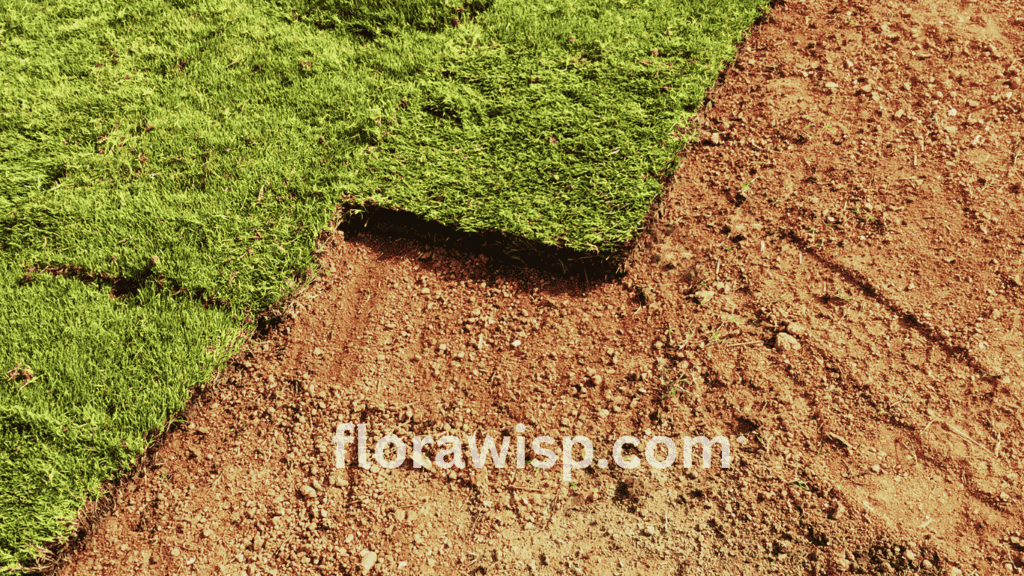
Timing is everything. For Texas, the ideal window to plant Zoysia is:
- Late spring to early summer (April to June)
- When soil temperatures reach 70°F or higher
Planting during this period ensures active root growth and better establishment before the heat peaks.
Pro Tip: In North Texas, wait until after the last frost to avoid cold damage to new growth.
Here’s a quick breakdown to help you plan your planting season:
| Region | Ideal Planting Window | Soil Temperature Target | Additional Tips |
| North Texas | Late April – Early June | 70°F+ | Wait until last frost; use cold-tolerant varieties. |
| Central Texas | April – May | 70°F+ | Ideal balance of warmth and spring rains. |
| South Texas | March – Early May | 70°F+ (arrives earlier) | Earlier warm-up allows earlier planting. |
Planting Methods: Seed, Sod, or Plugs?
Zoysia grass planting Depending on your budget, lawn size, and patience, you can choose between Zoysia seed, sod, or plugs. Here’s how to do it right:
Planting Zoysia Grass from Seed
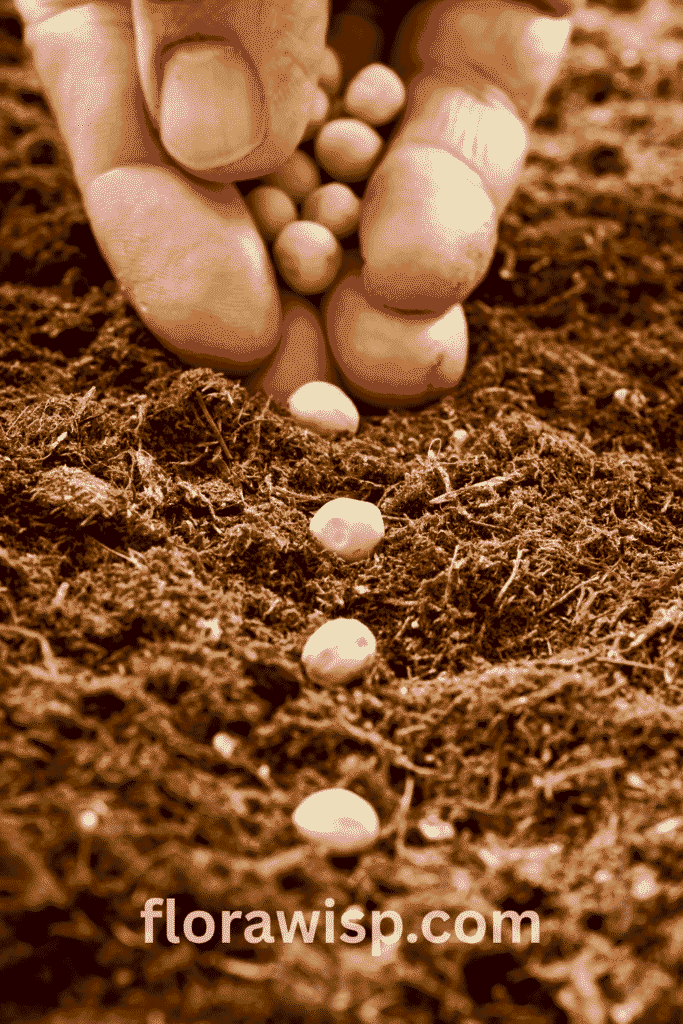
- Prepare the soil by removing debris, weeds, and existing grass.
- Rake the top layer to create a smooth surface.
- Spread Zoysia grass seed evenly using a broadcast spreader.
- Lightly rake in the seed and cover with a thin layer of compost or peat moss.
- Water consistently for 2–3 weeks until germination.
Germination can take 14–21 days. Be patient and avoid mowing too early.
Best for: Budget-conscious homeowners with time to spare.
How to Plant Zoysia Grass Plugs
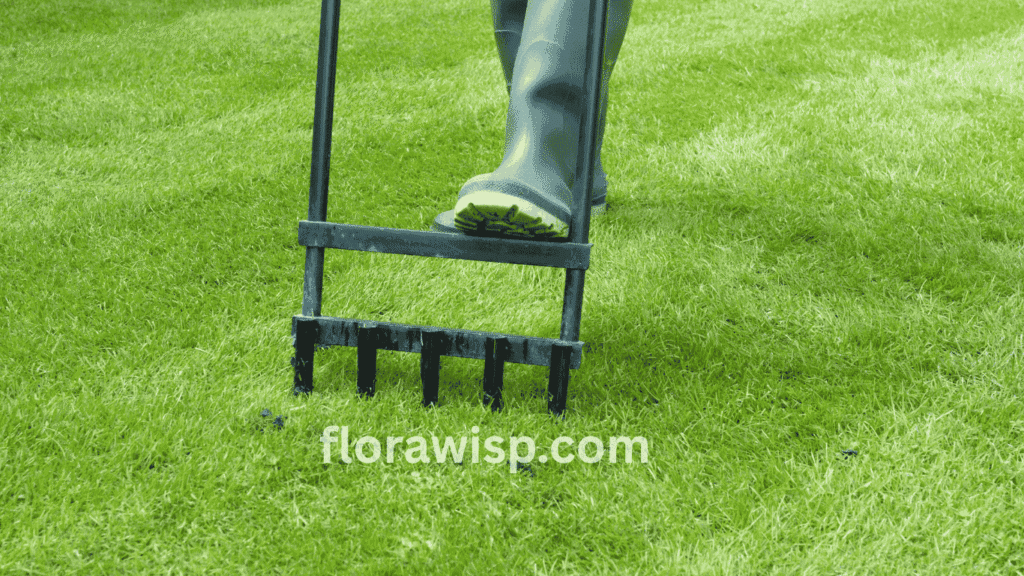
Plugs are small sections of mature Zoysia that fill in over time.
- Mark and dig holes 6–12 inches apart using a plug tool.
- Insert plugs and press down firmly.
- Water immediately and keep soil moist for 2–3 weeks.
- Mow once the grass reaches 2–2.5 inches.
From my experience, plugging Zoysia grass in Texas works incredibly well if you use healthy plugs and maintain a watering schedule during the first month.
Installing Zoysia Sod
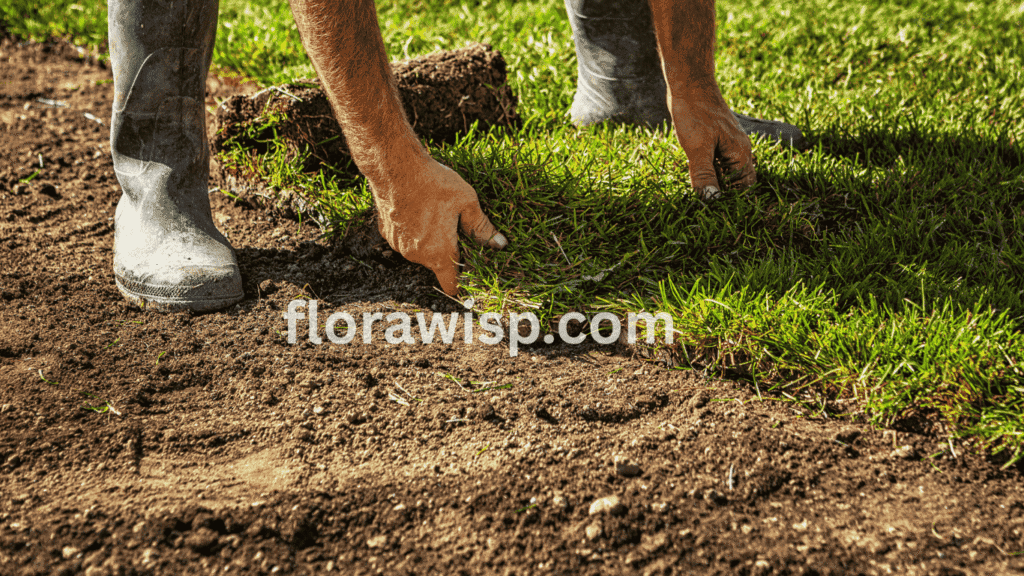
- Lay sod tightly to avoid gaps.
- Use a roller to press sod down into the soil.
- Water deeply every day for 2 weeks.
Best for: Instant lawn results with less risk of weed competition.
Best Soil for Growing Zoysia Grass in Texas
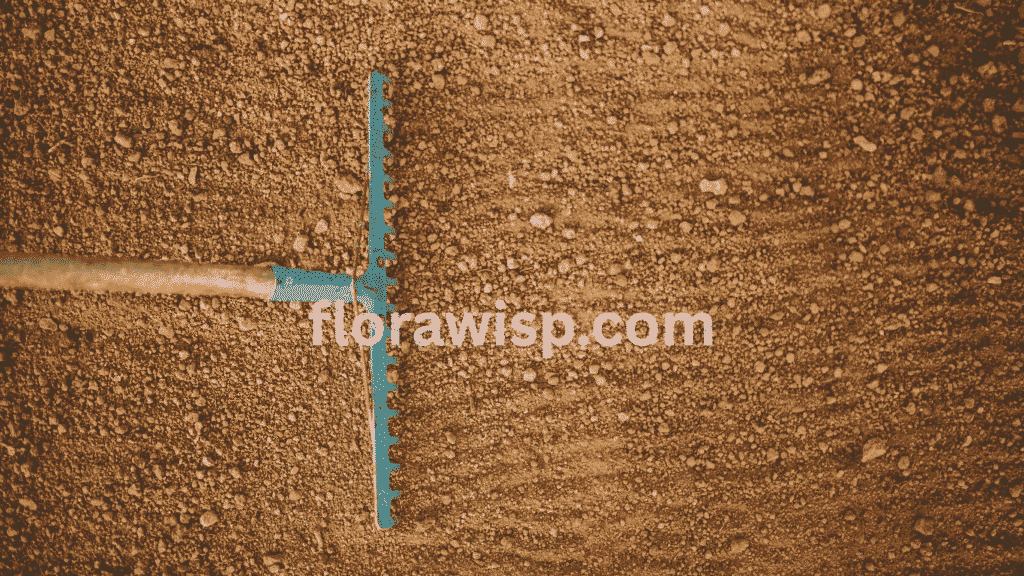
Zoysia prefers:
- Well-drained, loamy soil
- Slightly acidic pH (6.0–6.5)
- Amended with organic compost or sand for clay-heavy soils
Personal Note: In my North Texas test area, blending compost with local clay and adding a bit of gypsum helped Zoysia plugs take root faster and reduced runoff during spring storms.
Will Zoysia Grass Spread on Its Own?
Yes, Zoysia spreads through stolons (above-ground runners) and rhizomes (below-ground stems).
- Plugs and sod will gradually fill bare spots
- Regular mowing and fertilizing encourages horizontal growth
Zoysia Grass Identification: What to Look For
- Fine to medium blade texture
- Soft, dense turf that feels like a cushion underfoot
- Bright green color that turns straw-colored in winter dormancy
Helpful Tip: Don’t confuse it with Bermuda; Zoysia grows slower and has a thicker mat.
Common Problems & Solutions with Zoysia Grass in Texas
Even a hardy grass like Zoysia has its weaknesses, especially in Texas. Here are common issues and how to address them:
1. Thatch Accumulation
- Problem: Thick thatch can block nutrients and water.
- Solution: Dethatch annually in late spring using a dethatching rake or machine.
2. Yellowing or Patchy Growth

- Problem: Often due to iron deficiency or poor drainage.
- Solution: Apply an iron supplement and improve soil drainage with compost or sand.
3. Slow Green-Up in Spring
- Problem: Zoysia comes out of dormancy slowly.
- Solution: Be patient; applying a balanced fertilizer in late spring can help speed things up.
4. Weed Invasion During Establishment
- Problem: Young Zoysia is vulnerable.
- Solution: Use a pre-emergent herbicide before planting and mulch lightly to suppress weeds.
5. Cold Damage (Especially in North Texas)
- Problem: Winterkill in harsh seasons.
- Solution: Choose cold-tolerant varieties and avoid mowing too short before winter.
Backyard Note: In my own lawn patch in Fort Worth, core aeration combined with an iron-rich fertilizer turned a struggling yellow Zoysia area into a noticeably thicker, greener zone within four weeks. The difference was night and day.
Expert Tips for Texas Homeowners
- Water early morning to reduce evaporation
- Use a slow-release nitrogen fertilizer every 6–8 weeks
- Mow regularly at 1.5–2 inches height
- Aerate annually to improve soil health and prevent compaction
FAQs
Q: Can I grow Zoysia grass in North Texas?
Yes, but variety matters. North Texas has milder winters than the Panhandle but still gets surprise freezes. I’ve seen the best results using cold-tolerant types like Meyer Zoysia or Zeon Zoysia. They green up slower in spring but handle winter browning better than most. Always plant after the last frost around late March to early April and avoid heavy traffic in winter when the grass is dormant and more vulnerable to damage.
Q: What’s the fastest way to establish a Zoysia lawn?
If you’re aiming for fast results, laying Zoysia sod is hands-down the quickest route. I’ve installed sod in Texas heat with excellent results when the soil was loosened 4–6 inches deep, leveled, and amended with compost. Water immediately after installation, then daily for the first 2 weeks. For larger lawns on a budget, tightly spaced plugs can work too but expect 1–2 growing seasons for full coverage. Don’t skip soil prep, it’s the game changer most overlook.
Q: Can I mix Zoysia with other grasses?
In my experience, mixing Zoysia with other grasses often causes more problems than benefits. Zoysia grows dense and slowly, but once established, it outcompetes most grasses especially bermudagrass. But during the transition period, you’ll have uneven texture, patchiness, and watering conflicts. I always advise clients to go all-in with Zoysia for a consistent look and simplified care routine. It’s a long-term investment in lawn health and curb appeal.
Q. How to care for zoysia grass in Texas
Texas summers are no joke, and Zoysia needs tailored care to thrive here. Start with deep, infrequent watering about 1 inch per week, early mornings only. I mow mine at 1.5 inches with a sharp blade and never remove more than ⅓ of the blade height. Apply a balanced slow-release fertilizer in late spring and again in early fall. Watch for chinch bugs and thatch buildup both common issues here. Aerating every spring has helped my lawn breathe and bounce back better after drought.
Final Thoughts:
With the right approach, Zoysia grass in Texas can be a highly rewarding project. From selecting the best method to choosing the right time and soil, everything matters. Whether you’re working with plugs, seed, or sod, Zoysia offers a sustainable, resilient option that thrives across Texas climates.
If you’re ready to take the next step, start with a small section and watch it transform just like I’ve seen it happen time and time again in my own projects.
References:
Texas A&M AgriLife Extension Service
University of Georgia Extension – Zoysia Lawn Establishment Guide
Scotts – How to Plant & Grow a Zoysia Grass Lawn
Gardener, M.Sc. Horticulture
Elara Bennet is a gardening writer from Austin, TX, passionate about sustainable lawns and blooms. Read full bio →








